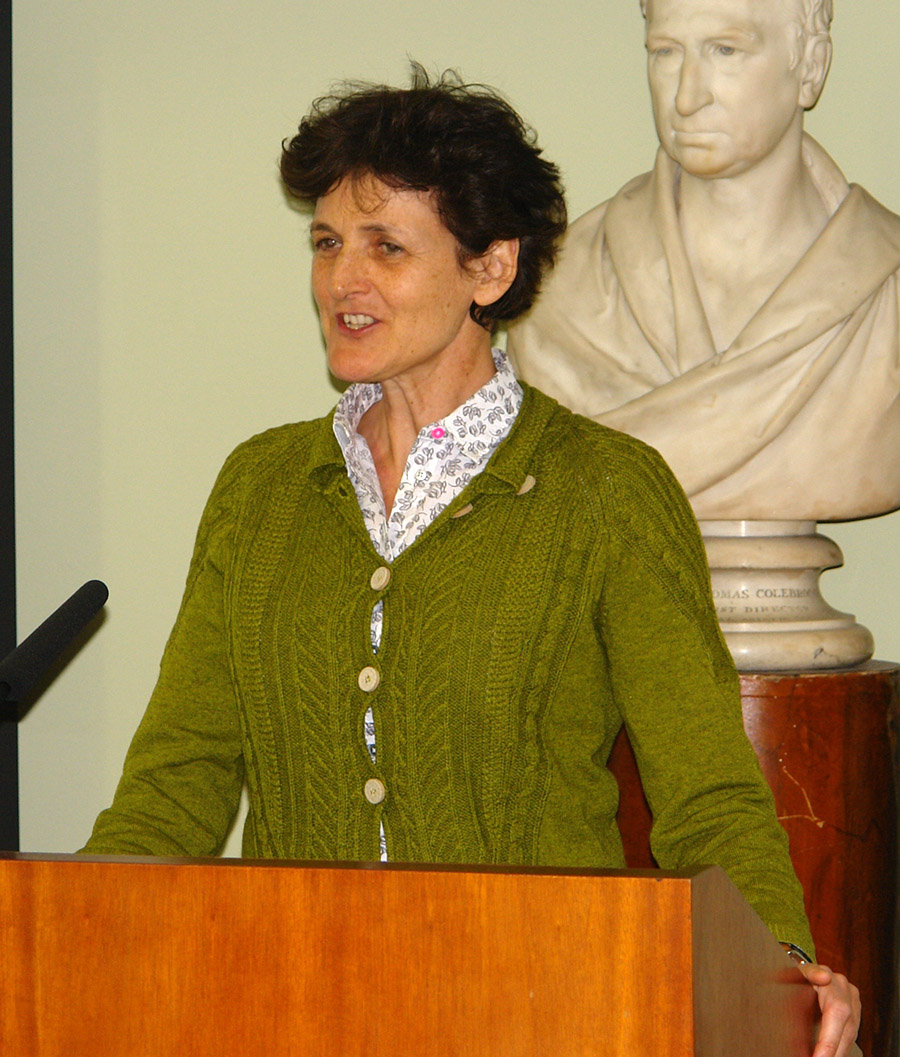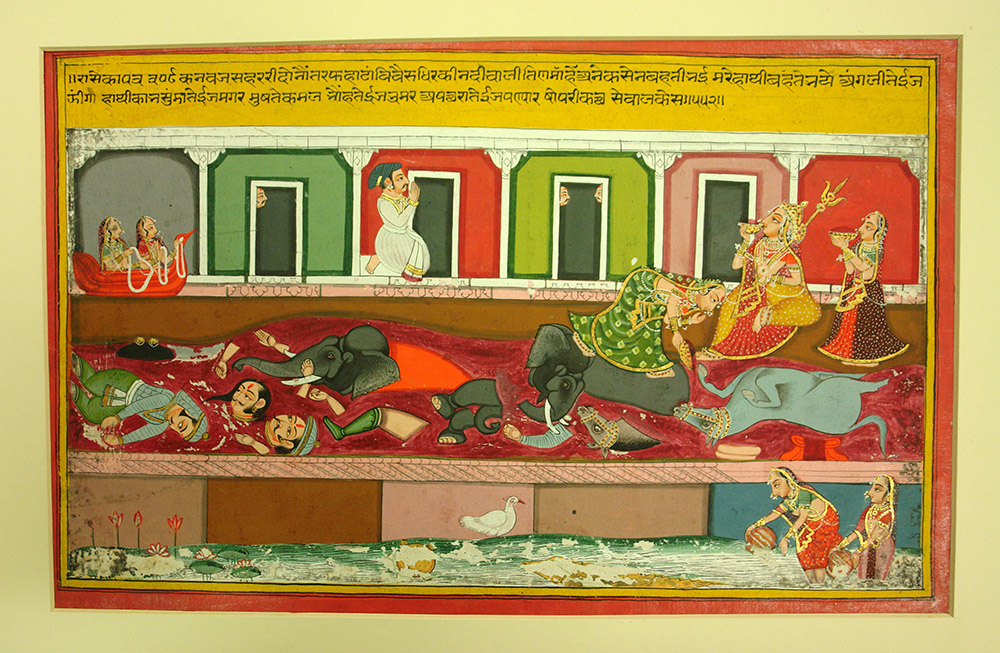The Goddess Devi

On Tuesday 12th April, The Royal Asiatic Society were pleased to host a launch of Isabella Tree’s book. “The Living Goddess”. In the book Isabella explores the Tibetan tradition of choosing a child from the Buddhist caste of goldsmiths to be the living embodiment of the goddess, Devi. She resides in a small medieval palace in Kathmandu’s Durbar Square and her role is to watch over the country and protect its people. Little has been known about the lives of these girls as they are hidden and guarded by priests and caretakers. Isabella Tree has researched into their existence, initiation rituals, post puberty life and other facets by delving into the myths, religion and history of the country and by interviewing former carers and goddesses. She gave a most fascinating talk and I would recommend, that if you want to know more about this tradition, to buy her book!

Devi is the Sanskrit word for a female god, the male equivalent being deva, examples being Parvati, goddess of love, fertility and devotion; Lakshmi, goddess of wealth, fortune and prosperity; and Saraswati, goddess of knowledge, learning, music, arts and wisdom. But Devi is also The Great Goddess. She can be “Ma” a gentle and approachable mother. But as Jaganmata, or Mother of the universe, she assumes cosmic proportions, destroying evil and addressing herself to the creation and dissolution of the worlds. Within the RAS Collections we have a painting of the goddess Devi with attendant Yoginis drinking blood in a scene of slaughter when Prithwi Raj Chauhan of Delhi (Yoginipur) conquered Jaichand of Kanauj.

This painting is gouache with gold highlights on Indian paper and is part of the James Tod collection. As mentioned in the previous blog, James Tod was the first RAS Librarian and much of his own collections were donated to the Society. This particular painting is part of a group of Indian miniatures in the Tod Collection comprising legendary scenes from the history of Mewar and other Rajput kingdoms. The Tod Collection of Rajasthani paintings was probably the first of its kind to reach the West. Most were collected during Tod’s residence at Udaipur as Political Agent to the Western Rajput States (1818-22).
We have more lectures in the next few days. Tonight, Thursday 14th April, as part of the RAS Lecture Series, Dr Jenny Balfour-Paul from the University of Exeter will lecture on “Journeys in the Footsteps of Thomas Machell, forgotten explorer”. Machell left home at sixteen to follow his dream of travelling to the East. Here he witnessed many important historical events, including the infamous ‘First Opium War’ and the ‘Indian Mutiny’ that profoundly affected British-Indian relationships. He travelled up the Indus River to Kashmir and the North West Frontier by dhow and camel. The lecture begins at 6pm and we hope that you will be able to join us.
On Tuesday 19th April at 6.30pm, Charlotte de Blois, RAS Executive Editor will bring the next lecture in the Fresh Perspectives Series. She will lecture on “Hints of the Heterodox in Christian Images from China”. Again we would warmly welcome you to join us on this occasion.
